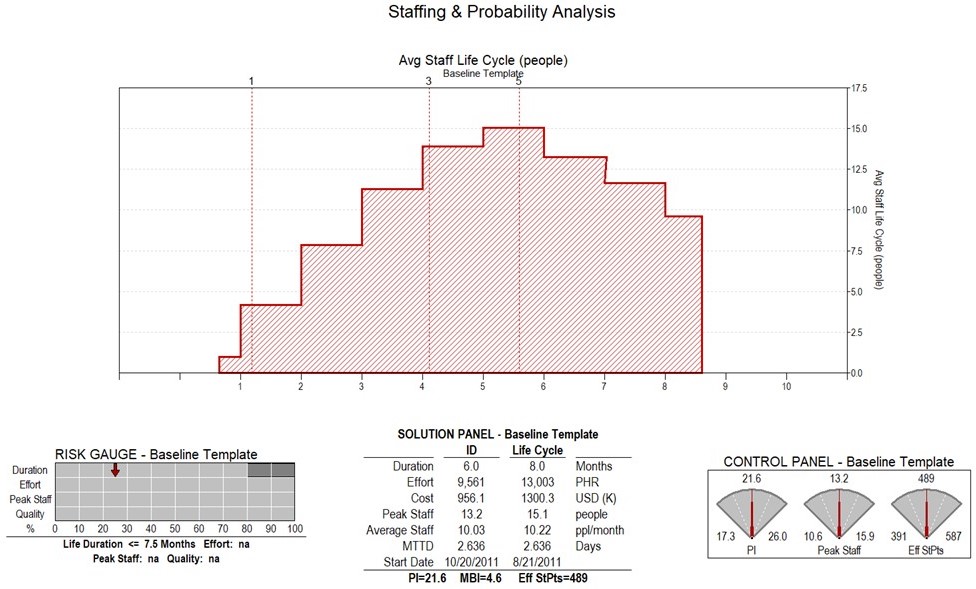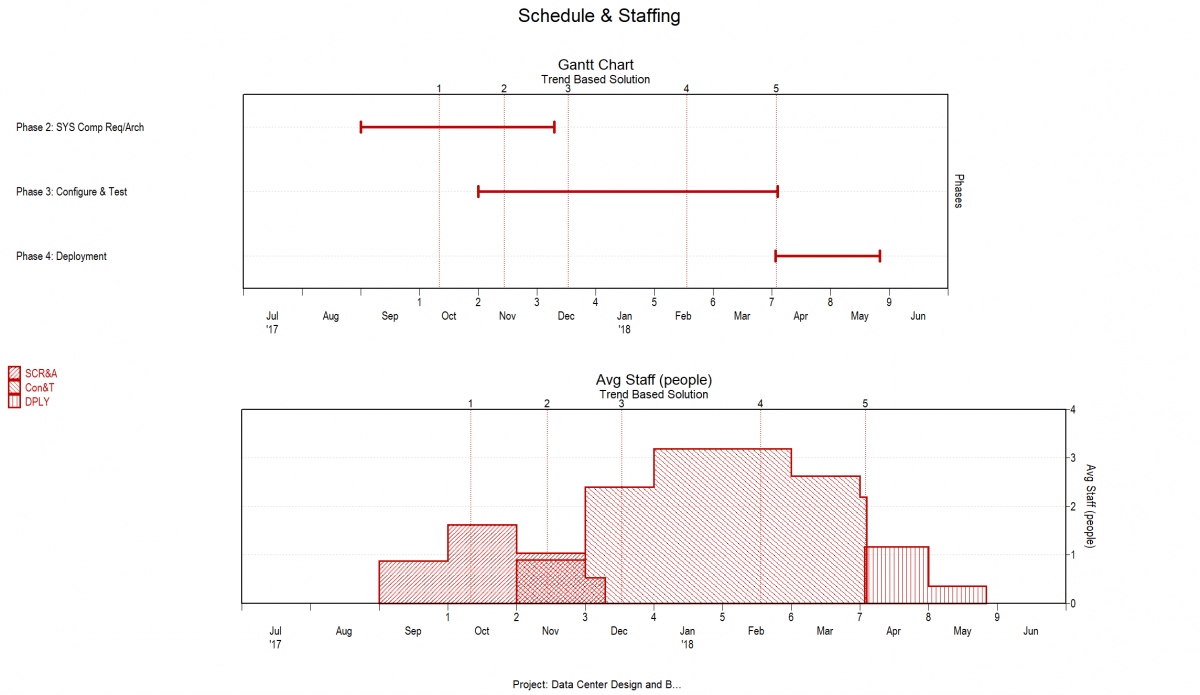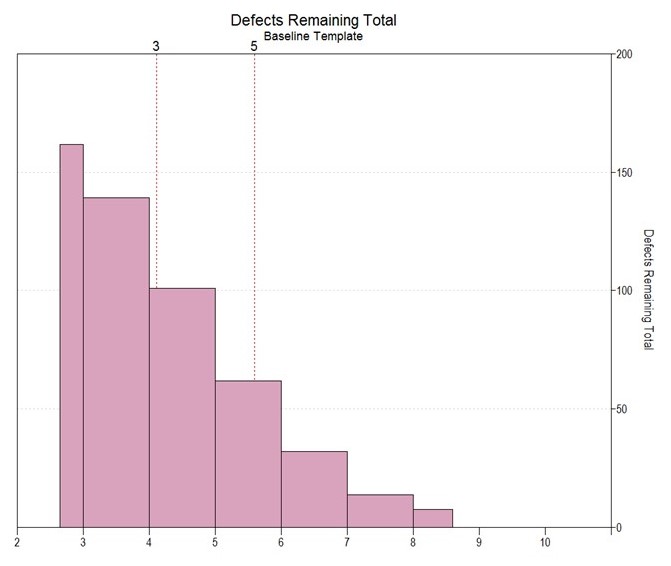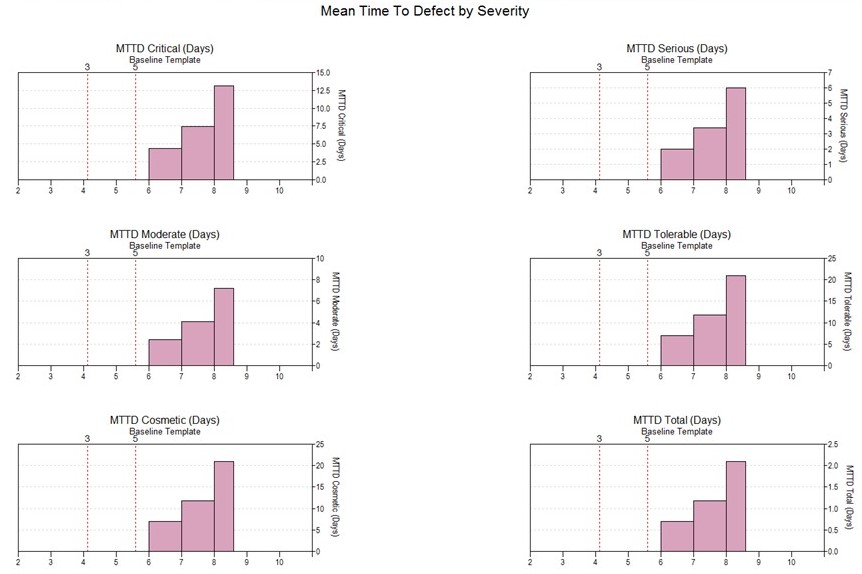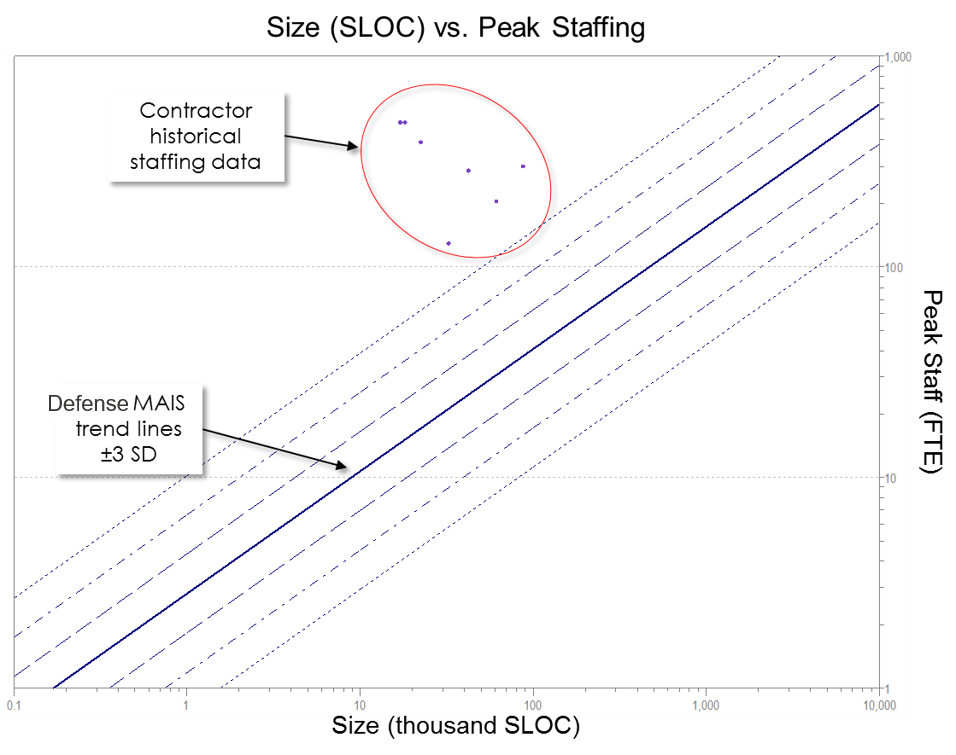Where Does IT Project Estimating Fit in an Organization? Wherever You’d Like!
In my daily work life of supporting my clients, I’ve seen the IT project estimating function reside in many different areas of organizations. Some groups have this function situated in a core group, such as an Estimating Center of Excellence, PMO or Delivery Excellence group. These teams are responsible for either creating estimates for the organization after being fed some goals/assumptions, or vetting existing estimates born elsewhere to ensure they are in line with the business’ goals without compromising, as best they can, budget, schedule or quality.
Conversely, I’ve worked with organizations in which the project estimation function is supported by organizationally dispersed estimators who are busy with their other tasks. Decentralized estimators typically serve a sole siloed division with not much interaction outside their team. Like the bigger shops, these folks are funneled project estimates to be sanity checked and render their analysis with recommendations for adjusting the estimate if it seems out of line.
Both scenarios above share a common thread – the estimates, regardless of their origin, have an impact on, and are influenced by, a wide breadth of people. We at QSM call these people stakeholders, contributors, influencers etc. They all have some kind of investment in the estimate that is important to them. What if we could involve them in the estimating process? With more communal agreement on inputs, there won’t be as much rework of the estimate later, when otherwise uninvolved people see their interests aren’t represented. With everyone feeling they have a say in the estimate, smoother seas are at least more possible.


